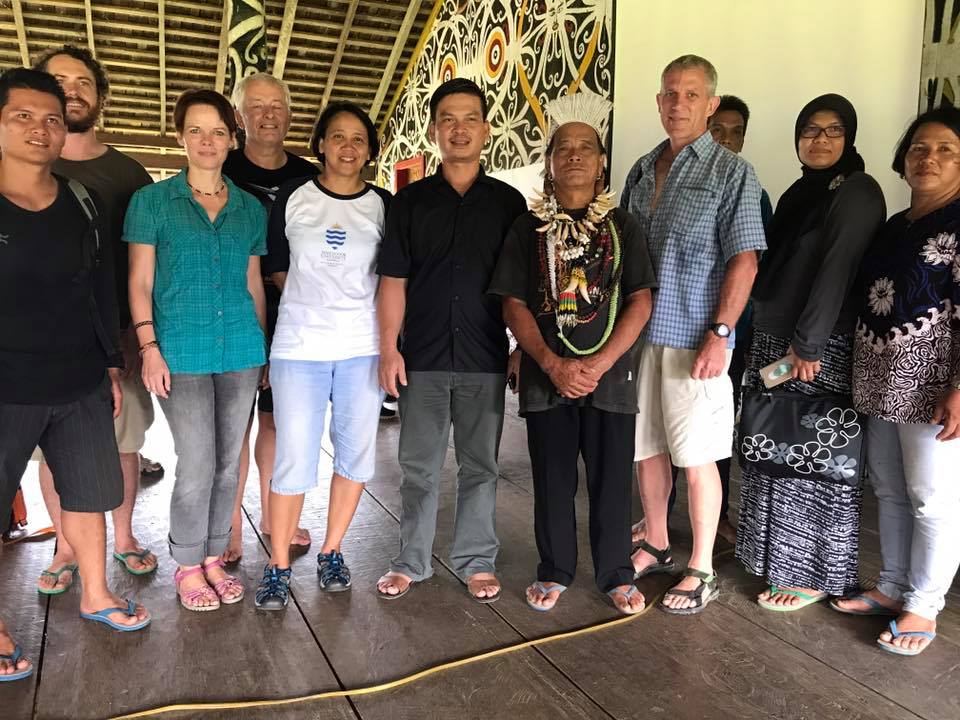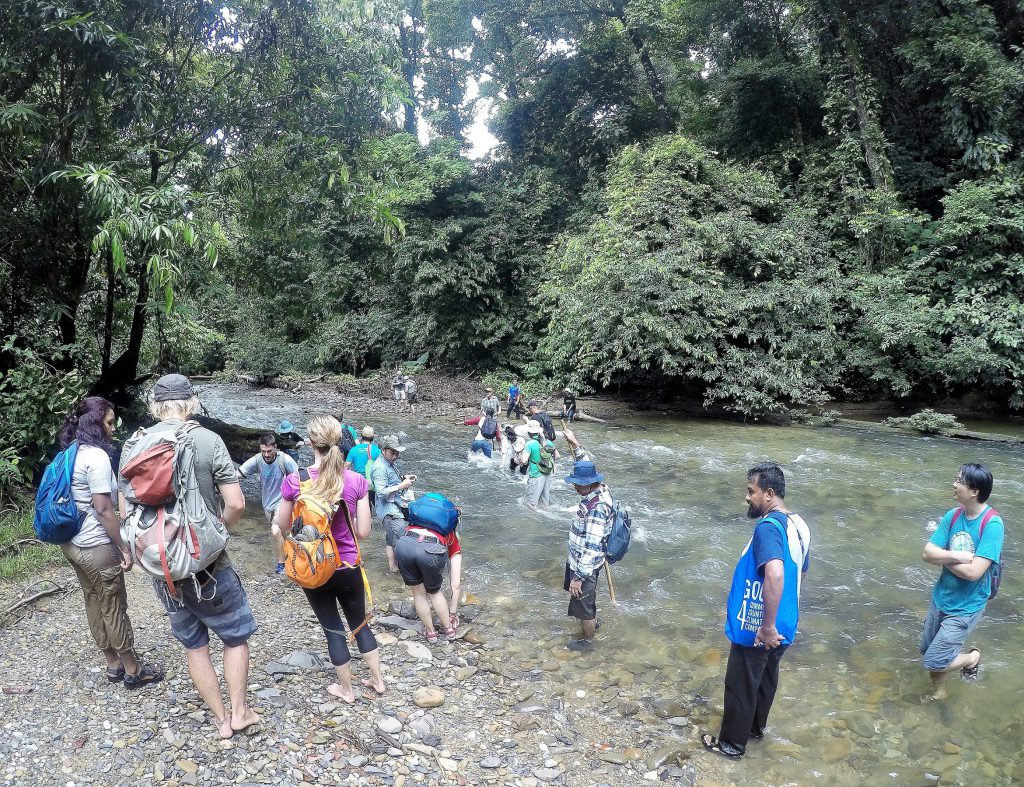Understanding the Landscape Approach
The Landscape Approach continues to be an evolving theory of land use planning and management that takes an integrated and holistic view of the interdependent human and natural ecosystems.
Recognizing that land cannot be conserved in isolation, this approach offers a process for seeking a balance among conservation, natural resources utilization and improvement of human well-being by employing sustainable agriculture, forestry production and conservation of natural capital.
In September this year, 34 conservation and restoration practitioners gathered in Setulang village, North Kalimantan to exchange experiences and challenges in the ‘Learning from Landscapes Practitioners Retreat’ facilitated by Tanah Air Beta Foundation and James Cook University.
With teams in Southeast Asia and the Pacific region, Tanah Air Beta serves as a platform for sharing scientific techniques and knowledge to achieve conservation goals at landscape and seascape level while helping improve the livelihoods of communities in remote forests and coastal areas. In Indonesia, partnership developments have begun in Sumatra, West and East Kalimantan, North Sulawesi, Flores, Lombok and West Papua.
Using the Q Method, a system that identifies social perspectives in environmental research, participants quantify the factors that prevent landscapes in Indonesia from functioning as well as possible, while discussing what sets the Landscape Approach apart from other methodologies.

Some of the 34 Retreat participants, including the event organizers Prof. Jeff Sayer of James Cook University and Dr. Intu Boedihartono of Tanah Air Beta (4th and 5th from left).
In the five day gathering at Setulang village, members of the Restorasi Ekosistem Riau (RER) presented case studies extracted from the team’s experience in managing and restoring 150,000 hectares of peat forest in Kampar Peninsula and Padang Island, Riau, Indonesia.
Initiated by APRIL in 2013, RER is one of the largest landscape-level restoration programs in Southeast Asia. With restoration sites surrounded by production areas to minimize encroachment that threatens ecologically important peat forest, it employs a four-phase conservation model: protect, assess, restore and manage.
Bradford Sanders from RER said the team benefited from the many lessons learned from the retreat participants.
“The main challenge for Ecosystem Restoration management on the ground is to gain understanding and acceptance from local people and external stakeholders of the need to protect, restore and conserve biodiversity in the forest, while at the same time improving human well-being without over-exploiting forest resources. Achieving a balance is key to this challenge.”
Additional Landscape Approach case studies presented at the retreat included:
- CIFOR’s Bulungan Research Forest in Malinau
- ICRAF’s Tanjabar REDD programme
- Burung Indonesia’s Mbeliling and Hutan Harapan programmes
- Burung’s Gorontolo programme
- Fauna & Flora International’s Ketapang Orangutan programme
- Zoological Society of London’s Sembilang programme

A half-day forest walk helps stimulate ideas and interaction.
Graduate students from James Cook University who attended the retreat will further analyze data gathered, with plans to publish the result.
“Many people are pinning their faith on landscape approaches to resolve the numerous problems confronting natural resources managers in Indonesia,” said Prof. Jeff Sayer, Professor from James Cook University.
“We have to share our learning and come up with best practice guidelines to make sure that we can all deliver on the expectations that have been created.”
The next Landscape Approach retreat is slated to take place in 2018 at Restorasi Ekosistem Riau.




